Leica Buyer's Guide
Note: This is a work-in-progress and is incomplete in it's current state. I'll build it up as I get time to do so. I would be most open to suggestions, and you're welcome to contact me if you have any, or if you have questions. Last updated 11 Jan 08.
This guide is aimed at new users-to-be of Leicas. While I don't profess to know anything and everything about Leicas, I have accumulated some knowledge over 5 or so years of using them.
We'll discuss and compare the various cameras and lenses, both from Leica and other marques. I'll also share some things I look out for when shopping for Leicas.
There are a number of other guides on the Internet discussing this topic, and you should definitely read those as well.
Also note that any price estimates given are reflective of the time of writing, and are in US dollars. While you could buy a new Leica for $200 half a century ago, you could expect to pay about $1000 for that same used Leica now. If you take inflation into account, you'll see that it's not a bad deal though.
And here's a brief outline of what I should flesh out. Different models of Leicas over the years, and alternatives like Bessas or the Zeiss Ikon; lenses for Leicas, both in screw- and bayonet- mounts...
We'll start with the Leica M- series. Not discounting the earlier screwmount cameras, but I feel that for a user, a Leica M- will probably be higher on their list. In chronological order of release...
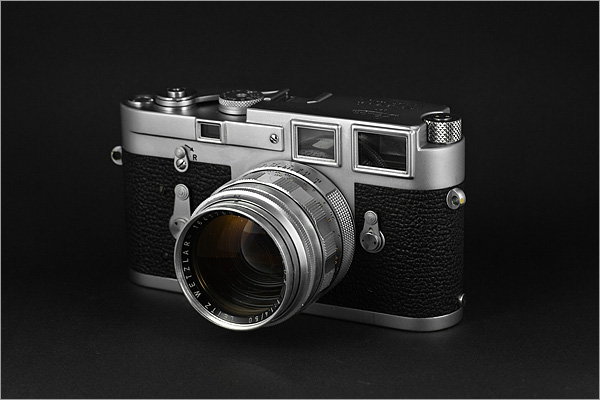
??Leica M3, with 50/1.4 Summilux??
Leica M3
There are two main variations of the M3 that one encounters--double-stroke, and single-stroke cameras. The -stroke refers to the film advance mechanism, and how many times you'll need to actuate the lever for the film to advance one frame.
The double-stroke cameras are of earlier production, and a conversion to a single-stroke mechanism was (still might be) possible.
Which is better? Although I sometimes actuate the lever in multiple short strokes, I find the single-stroke more convenient.
Compared with the later models, the M3 had a viewfinder with a higher degree of magnification. This gets you a much larger rangefinder patch, and 50mm framelines that extend almost to the edge of the view.
Is this desirable? It depends. If you wear eyeglasses, you might have trouble seeing out to the edge of the 50mm frames. However, if you shoot mostly with a 90- or 135mm lens, having the higher magnification is extremely comfortable. Of course, if you typically use lenses that are wider than 50mm, then the M3 is probably not the best choice.
Film-loading on a M3 is not as convenient as the drop-in loading in the M4 and later cameras. Instead, you have to 'thread' the film leader onto a removable take-up spool. You can speed things up by having spare take-up spools already loaded, or with a quick-load kit (more on this in a while). One upside to this method of loading is that your chances of having the film not feed correctly are practically nil.
If you manage to snag a quick-load kit, it's not really that fantastic on the M3. The frame counter on the M3 is automatically reset by removing the take-up spool, and you'd have to partially remove the kit's spool to do that. Or you could fire on till the counter reads -2. Either way, I feel that it's not very much faster.

??Leica M2, with 50/1.4 Summilux??
Leica M2
If you use only 35-, 50- and 90mm lenses and don't require a built-in meter, this might be the best Leica M for you.
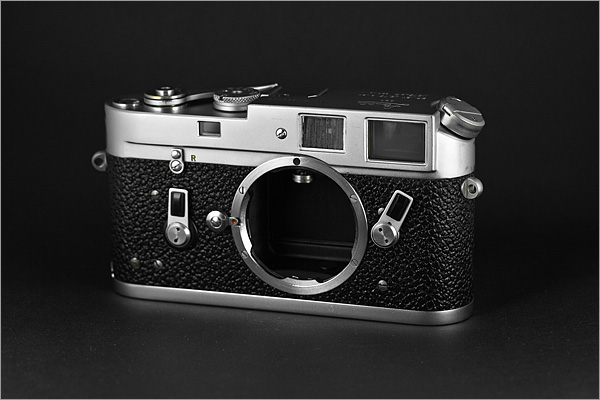
??Leica M4??
Leica M4
It usually commands a premium over the other meterless M cameras. I don't think the premium is particularly well-deserved.
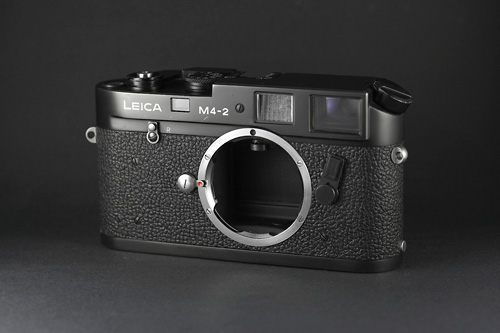
??Leica M4-2??
Leica M4-2
This is pretty much the most 'bare-bones' of the lot. You can usually find it at a good price too.
Leica M4-P
Typically goes for a little more than the M4-2. Makes an excellent deal if you need the 28- and 75mm framelines.
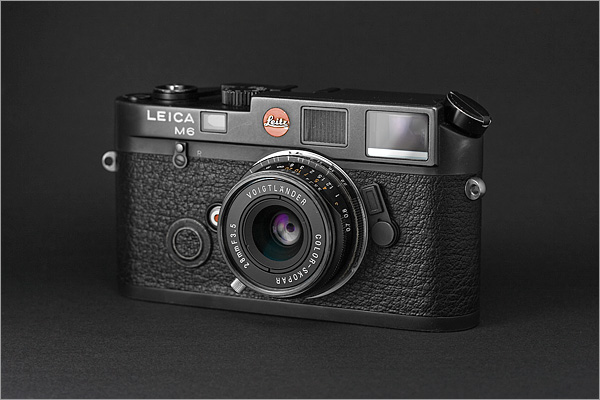
??Leica M6, with 28/3.5 Color-Skopar??
Leica M6
Pretty much a M4-P with a meter. I normally use a handheld Sekonic, so the M6 didn't do much for me.

??Leica M6 TTL, with 35/2 Summicron-ASPH??
Leica M6 TTL
An 'upgraded' M6.
And some other options...
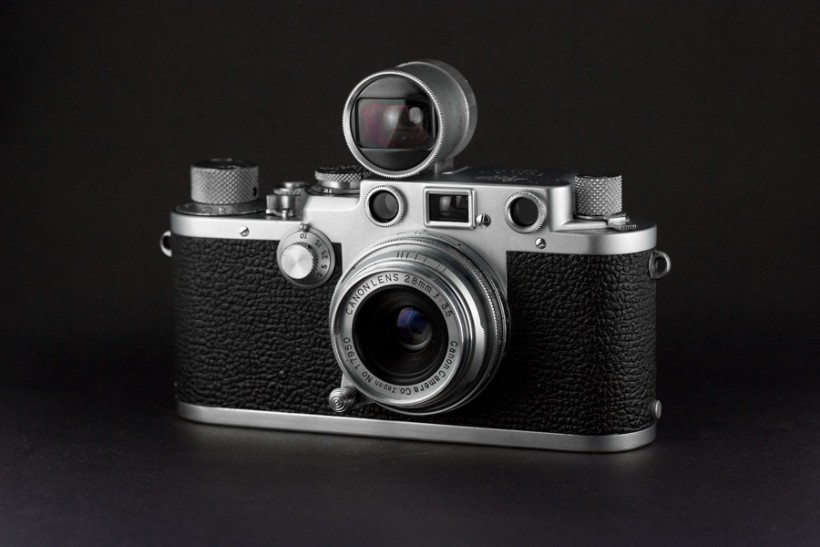
??Leica IIIf, with 28/3.5 Canon and external viewfinder??
Leica Screwmounts (Barnack Leicas)
It's not the most convenient shooter.

??Leica CL, with 40/2 Summicron-C??
Leica/Minolta CL
The most compact Leica M camera. It's perfect if you're travelling light. Collapsible 50mm lenses go very well with this camera (as long as it doesn't damage the meter stalk upon collapsing).
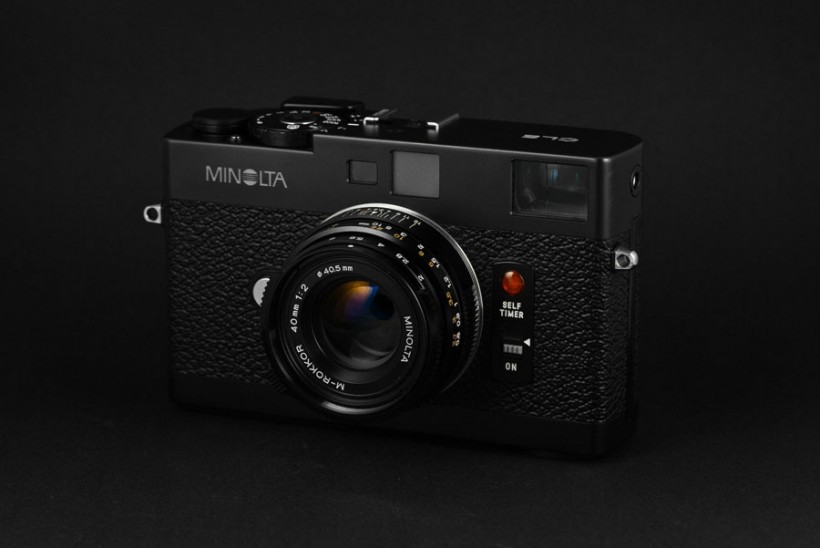
??Minolta CLE, with 40/2 M-Rokkor??
Minolta CLE
Another very compact camera. The viewfinder is one of the best in the M-mount world. There's actually decent eye relief around the 28mm framelines and it's very bright.
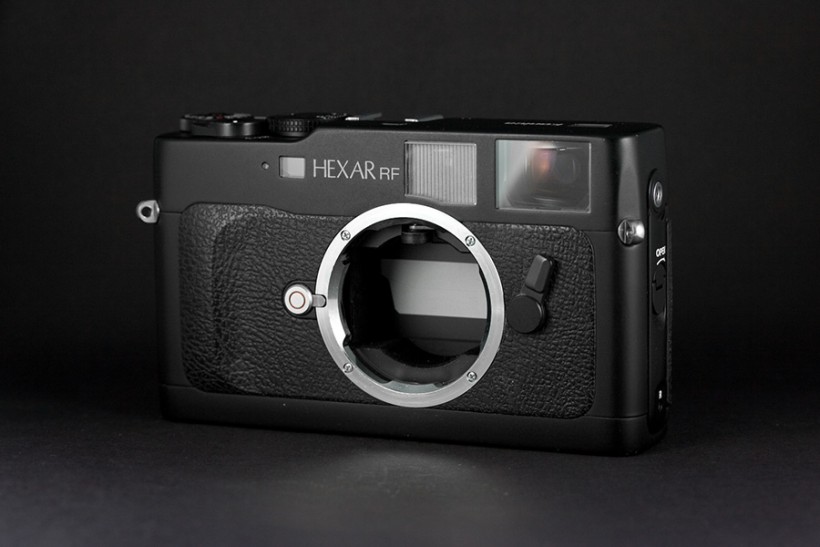
??Konica Hexar RF??
Konica Hexar RF
I wasn't thrilled with the Hexar. It had some issues with shutter lag, and the viewfinder was a little hard to use, perhaps because of the lower brightness and magnification.
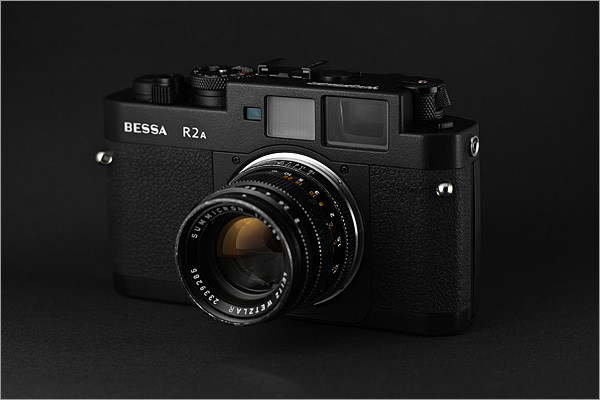
??Voigtlander Bessa R2a, with 50/2 Summicron??
Voigtlander Bessa series
The viewfinders are on par with the Leica Ms. If you don't have a lot of money to spend, getting an older Bessa R2 might be your best (not that expensive, relatively easy to find in good condition) bet if you just need a body to mount a lens on.
The later cameras have a quieter shutter sound, and slightly better build, but if you don't need the auto-exposure, the R2 will serve you admirably.
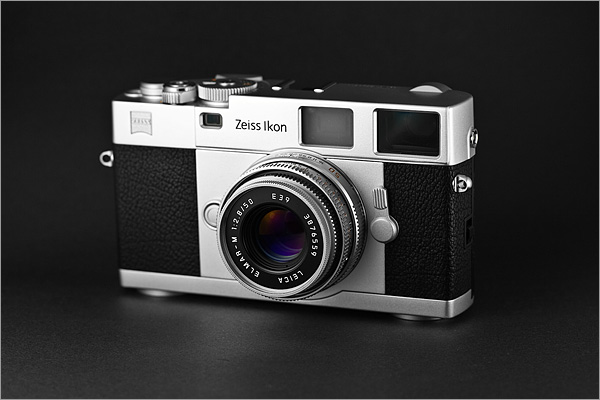
??Zeiss Ikon, with 50/2.8 Elmar-M??
Zeiss Ikon
Absolute best viewfinder in the M-mount world at the time of this writing. I feel that it surpasses even the Leicas. However, the 'feel' of the body is not very pleasing. It might be a good camera to use, but I think it's lacking that 'X-factor' that would make it great.